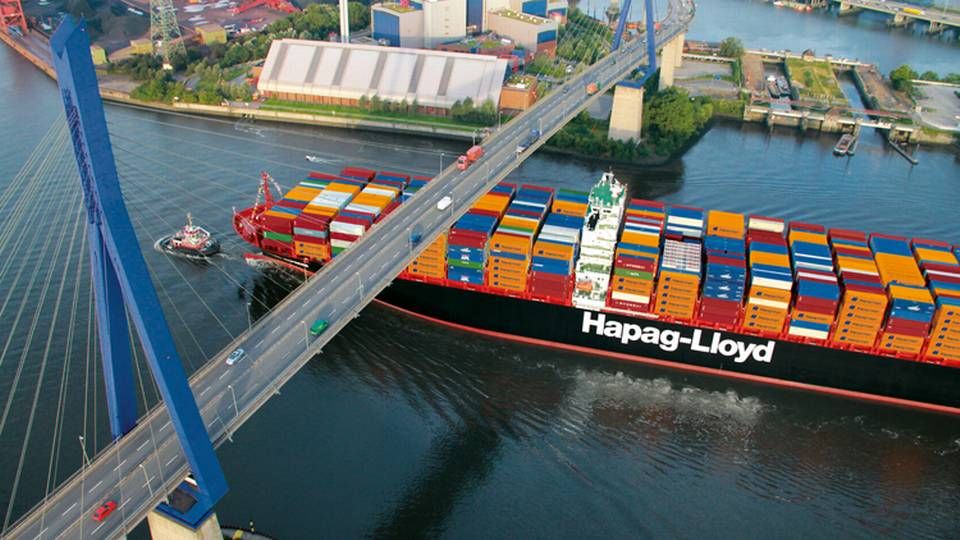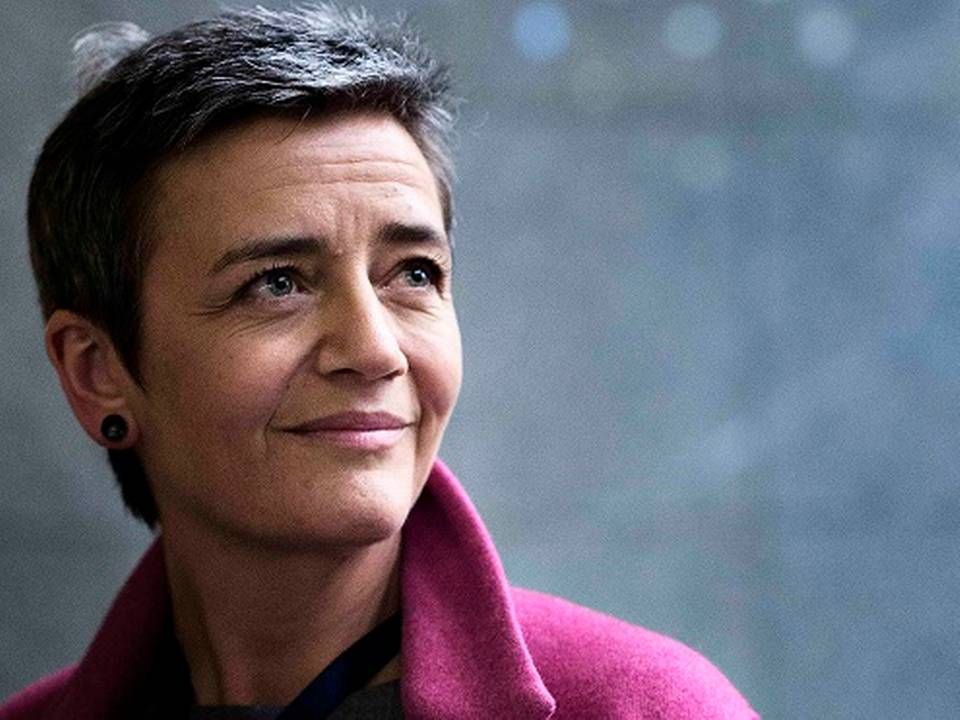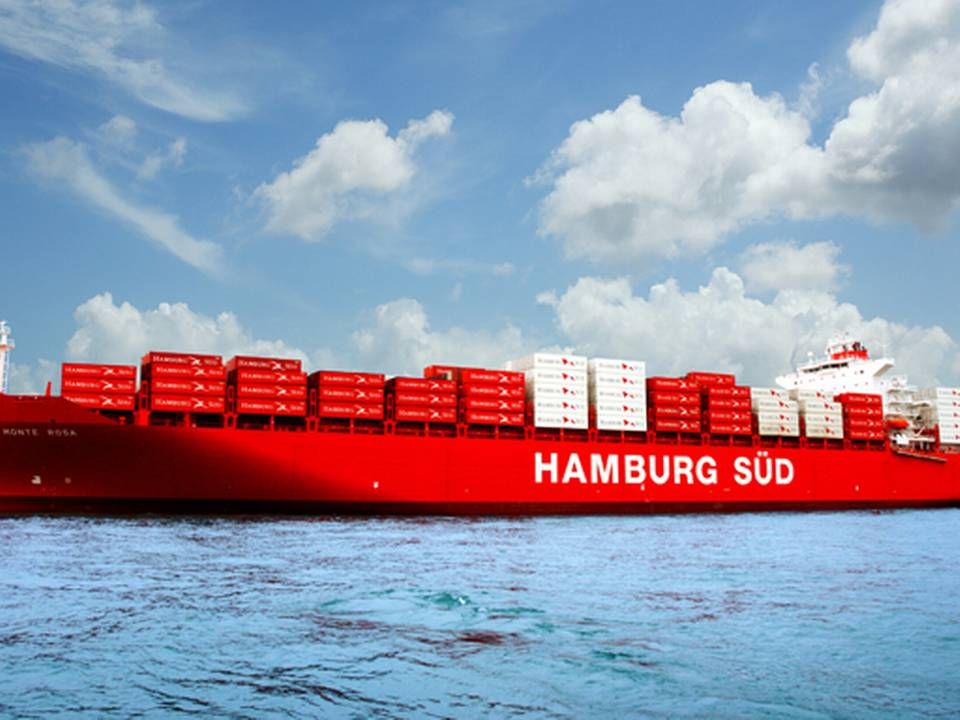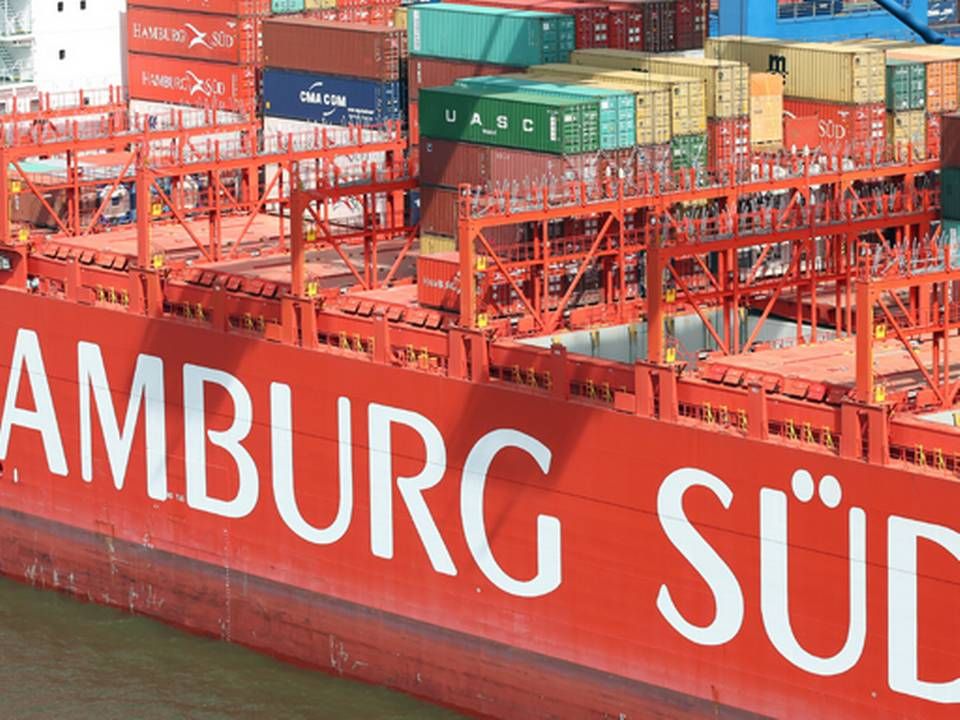EU tests possible effect of new container alliances

HAMBURG
The EU Commission is looking into whether the prices to ship a container from Asia to Europe have increased by an unusual amount now that there are three major global container alliances left operating.
The move comes after reports from customers in the market, and the EU's competition directorate is now, at first, contacting carriers and shippers to determine whether the claims are true.So far the initiative includes only meetings and interviews, and does not as such constitute a formal investigation. This would be the next step on the scale for the regulators, which can in the most serious cases make use of dawn raids, as happened recently in the US.
Senior expert at the EU Commission's competition directorate, Stephan Simon, spoke of the initiative at the Global Liner Shipping conference in Hamburg, where he participated along with a representative from the US regulators.
"We have not received an official complaint, so these are only initial contatcs which could show that there's no more to this, or that there's a good reason for the higher prices. This could be high demand, but it could lead to a formal case being launched," he said.
EU watching the alliances
The EU Commission is monitoring the alliances to ensure free competition, and the commission is thus frequently – either on its own accord or due to requests from market participants – checking to see whether the market forces are still working.
Critics of the fixed and now only three alliances claim that the cooperation arrangements between carriers such as Maersk Line and MSC in 2M, as well as in the other alliances, could help disrupt the free market forces.
The probe will likely take a few months, noted Simon at the conference.
He characterized the many alliances that have been made and approved since 2014 as the third wave following past mergers and acquisitions – a wave that began with Hapag-Lloyd's merger with Chilean CSAV and has reached a conclusion so far with Maersk Line's acquisition of Hamburg Süd, which has been cleared by the EU and the US on certain conditions.
New wave in store
However, Stephan Simon is confident that the wave of mergers and acquisitions will return, as the concentration in the container sector – despite last year's consolidation – remains fairly low compared to other sectors. The Top 5 carriers control 60 percent of the market, a level described as fairly low by the EU Commission.
Even though the EU is currently looking into whether the new alliances in and of themselves are affecting the market, the EU Competition Commissioner, Margrethe Vestager, already signaled when she took up the job that there could be god reasons to allow alliances and to allow competing carriers to use slots on each other's vessels.
And the EU did, along with the US Federal Maritime Commission, clear the planned P3 alliance between Maersk Line, MSC, and CMA CGM, which was ultimately rejected by Chinese regulators.
English Edit: Daniel Logan Berg-Munch
Vestager clarifies regulation for state subsidies to ports
Hamburg Süd to withdraw eight vessels after EU demands
Related articles
Vestager clarifies regulation for state subsidies to ports
For subscribers
Hamburg Süd to withdraw eight vessels after EU demands
For subscribers
EU approves Maersk Line's purchase of Hamburg Süd
For subscribers



















